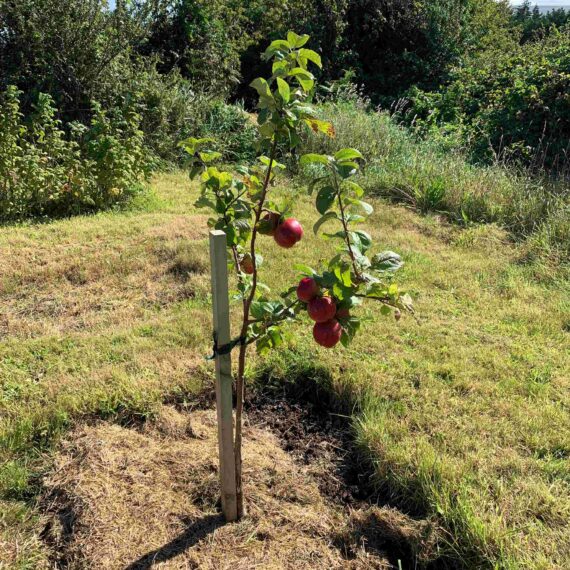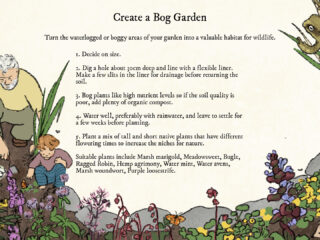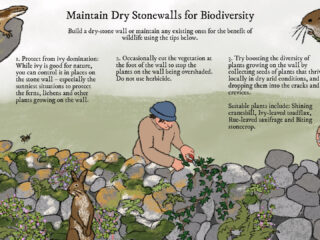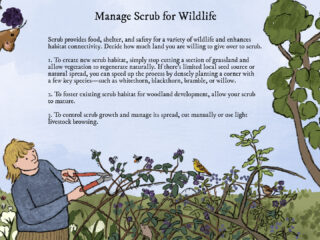- A Suitable Site: An eligible* site to accommodate up to 5 native fruit trees.
- Willingness to plant and protect the orchard: A willingness to plant, maintain and protect a mini orchard. Trees will need to be planted within one week of receiving them in line with best practice guidance provided by The Hare’s Corner. (Tree distribution day is usually held in January).
- Long term management: Your assurance that this site will be actively maintained for the next 3 years – maintanance will include keeping competing vegetation down and protecting the trees from any grazers.
- Progress update: Your willingness to provide feedback and progress update on the orchard when requested by The Hare’s Corner team.
- Signage Your agreement to erect a small, simple branded sign at the site (only applicable to a public site).
- Data: To your agreement that your anonymised data (location of your trees and images if any) will be used by The Hare’s Corner project for its communications and reporting purposes.
*An eligibile site would be species-poor, free draining and non-designated so that there is no overall biodiversity loss and/or impact on any pre-existing heritage value of the place. Farmers who are ACRES or NPWS Farm Plan Scheme participants are currently not eligible to apply as we want to avoid double funding.




